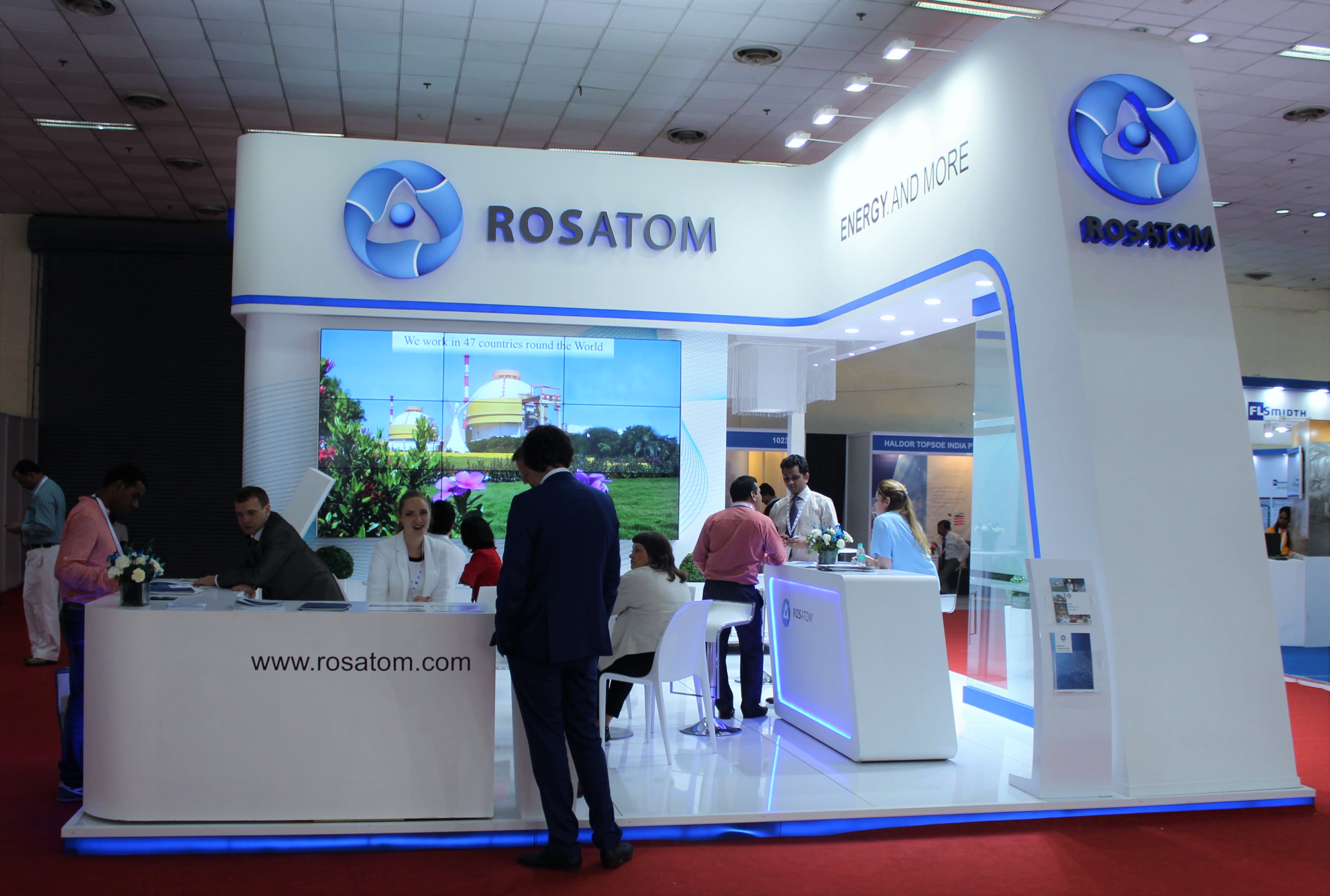
Russia's state-run nuclear power corporation, Rosatom, built the KNPP, which is now being operated by the Nuclear Power Corporation of India (NPCIL).
Alessandro BelliThe second unit of the Kudankulam Nuclear Power Plant (KNPP) is likely to begin generating electricity by the middle of July, 2016, an Indian government source told RIR on the sidelines of the 15th annual POWER-GEN India & Central Asia exhibition and conference in New Delhi.
“According to our plans, criticality for a nuclear reactor (of the second unit - RIR), which denotes the start of the fission process, is planned for June 16, 2016. On July 13, the unit is likely to be connected to the grid”, he said.
The first unit of the Russian designed KNPP started commercial operations in India on December 31, 2014 and generates 1000 MW of power.
On May 18, 2016, the loading of reactor fuel into the second unit of the KNPP was successfully completed.
“This is the first NPP in the world where post-Fukushima safety enhancement requirements have been implemented and are being operated successfully”, the source added.
Russia's state-run nuclear power corporation, Rosatom, built the KNPP, which is now being operated by the Nuclear Power Corporation of India (NPCIL).
In December 2014, Vladimir Putin, President of the Russian Federation, and Indian Prime-Minister Narendra Modi signed a “Strategic vision” document. It envisages construction of not less than 12 more Russian-designed nuclear power units in India.
Among the key tasks during the designing, construction and operation of KNPP was to preserve the environment, said Natalia Kudryashova, Rosatom Representative in India. Rosatom, along with its affiliated companies, participated with a stall for the first time at the POWER-GEN India & Central Asia.
It was vital “to ensure that we envisaged state of the art safety features at Kudankulam NPP to prevent any contamination of the surrounding area”, she said.
Kudryashova said there are a number of the advanced active and passive safety systems which ensure unprecedented design levels of nuclear and ecological safety of the NPP.
“The unique feature of the Russian designed VVER is core catcher implemented at Kudankulam NPP prevents penetration of the melted core into the soul,” she said.
During her presentation, Kudryashova also said that nuclear power is the most sustainable, safe and economically viable source of energy and an eco-friendly way of generating electricity from the viewpoint of prevention of global warming.
“There is no combustion involved in the process, so nuclear power generation does not emit CO2 in principle. Furthermore, indirect CO2 emissions from processes such as mining/transportation of fuels and development/operation of power stations are miniscule. While a natural gas-fired combined cycle plant emits approximately 474g of CO2 to generate 1kWh of electricity, a nuclear power plant emits only about 20g of CO2 and can generate the same amount of electricity”, she said.
Denis Kolchinskiy, chief project engineer of SPbAEP, the developers of the nuclear reactor installed at Kudankulam NPP, recalled in an interview to RIR earlier that among the main environment protection systems of the power plant is the hydro-technical structure which serves the purpose of cooling water intake and sea fish protection systems at once.
“KNPP cooling sea water intake structures are equipped with the special fish protecting facilities which preserve not only fish but also fish food – plankton”, he said.
“One more very essential feature of Kudankulam NPP purposed for preservation of local water resources is its own sea water desalination plant which ensures all auxiliary loads of the plant. The plant does not use any natural resources of still water”, Kolchinskiy added.
All rights reserved by Rossiyskaya Gazeta.
Subscribe
to our newsletter!
Get the week's best stories straight to your inbox